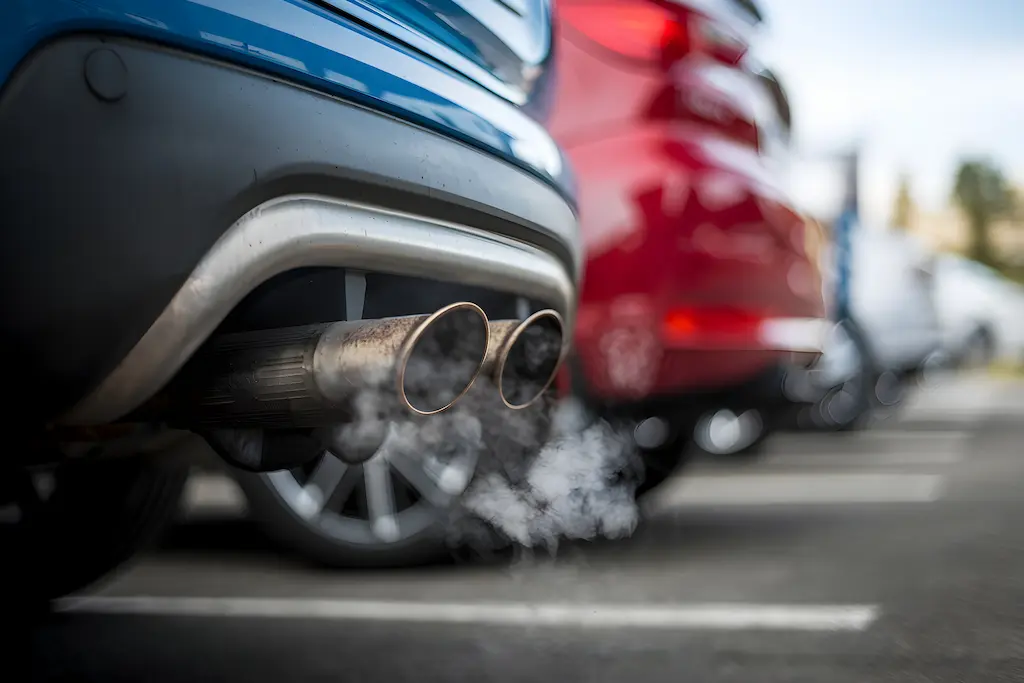Fuel consumption and pollutant gas emissions have been key topics in the automotive industry, both for consumers and regulators. Over time, procedures have been sought to give consumers a clear idea of how much fuel a vehicle consumes and how much it pollutes under test conditions. In this article, as a home diesel supply station, we will explore the two most well-known measurement methods: the WLTP cycle and NEDC.
The NEDC Cycle: A test from the past
The NEDC cycle (New European Driving Cycle) was introduced in the 1980s and was used in Europe as the main standard for measuring pollutant gas emissions and fuel consumption. This test cycle was based on a set of driving scenarios that did not always reflect the real conditions drivers faced. NEDC cycle tests were carried out at low speeds, on short routes, and without major variations in traffic or weather conditions.
Drawbacks of the NEDC Cycle
The main issue with the NEDC cycle was its lack of realism. Vehicles behaved differently in laboratory tests compared to the real world, creating a large gap between the obtained results and drivers’ daily experiences. As vehicles and technologies evolved, the need for a new measurement method that was closer to reality became evident.
What is the WLTP Cycles? A more accurate and realistic measurement
In 2017, the WLTP cycle (Worldwide Harmonized Light Vehicles Test Procedure) was introduced as a solution to the limitations of the NEDC, aiming to provide more accurate results aligned with real driving conditions. This new test cycle considers several factors that were previously overlooked and better simulates situations that drivers face daily.
Differences between the WLTP Cycle and the NEDC
Among the main differences between the WLTP cycle and its predecessor are:
- Longer routes: The WLTP measurement method tests over longer distances than the NEDC, offering a more comprehensive view of the vehicle’s performance in various scenarios.
- Speed variation: While the NEDC cycle used relatively low average speeds, the WLTP includes a wider range of speeds, from urban traffic situations to highway conditions.
- Weather and traffic conditions: The WLTP cycle introduces variations in environmental and traffic conditions to better reflect real-world driving situations.
- More measurements: The current cycle records more data points during the tests, allowing for a more detailed evaluation of the vehicle’s behavior in different driving phases.
This cycle also takes into account factors such as the vehicle’s weight, the tires used, and aerodynamics, which significantly influence fuel consumption and emissions. It also better adapts to modern vehicles, such as hybrid and electric cars, which did not exist during the NEDC era.
Comparison between WLTP and NEDC Cycles
| Feature | NEDC Cycle | WLTP Cycle |
|---|---|---|
| Introduction date | 1980s | 2017 |
| Test duration | 20 minutes | 30 minutes |
| Distance covered | 11 km | 23.25 km |
| Maximum speed | 120 km/h | 131 km/h |
| Weather conditions | Constant, laboratory | Simulates real-world variations |
| Consumption and emissions | Underestimated compared to reality | More accurate and realistic |
The WLTP cycle allows for fuel consumption and emissions values that are closer to what drivers can expect in daily use. However, it is important to remember that, although more realistic, these results are still obtained in a controlled environment. Factors such as driving style, vehicle maintenance, and actual weather conditions can affect real-world performance. It also includes not only long trips but also the different driving phases. Through the combined WLTP cycle, a more realistic average value is obtained.
Importance of the WLTP Cycles today
The change to the current cycle has been a major advantage for both consumers and vehicle manufacturers. Buyers can now have a more accurate expectation of the fuel consumption and emissions their vehicle will produce under normal use conditions.
With growing concern about climate change and the transition to cleaner energy, the WLTP measurement method plays a key role in the transparency and environmental responsibility of the automotive industry. More and more governments and international bodies are adopting this standard as a reference, encouraging innovation in more sustainable and efficient technologies.
In short, the WLTP cycle has come to replace the obsolete NEDC cycle, offering a more accurate assessment of vehicle fuel consumption and emissions. This change reflects the need to adapt to new technological and environmental realities, giving consumers a more reliable tool to make informed decisions. As the automotive industry continues to move toward a greener and more efficient future, this measurement method will remain an essential reference for measuring vehicle performance under more realistic conditions.
Finally, we would like to remind you that in addition to distributing home heating oil in Granada and Málaga, we also offer a gas station with Adblue service for new diesel vehicles.
We recommend you keep visiting our blog, as we think our article on “The Future of Gas Boilers” might interest you.
